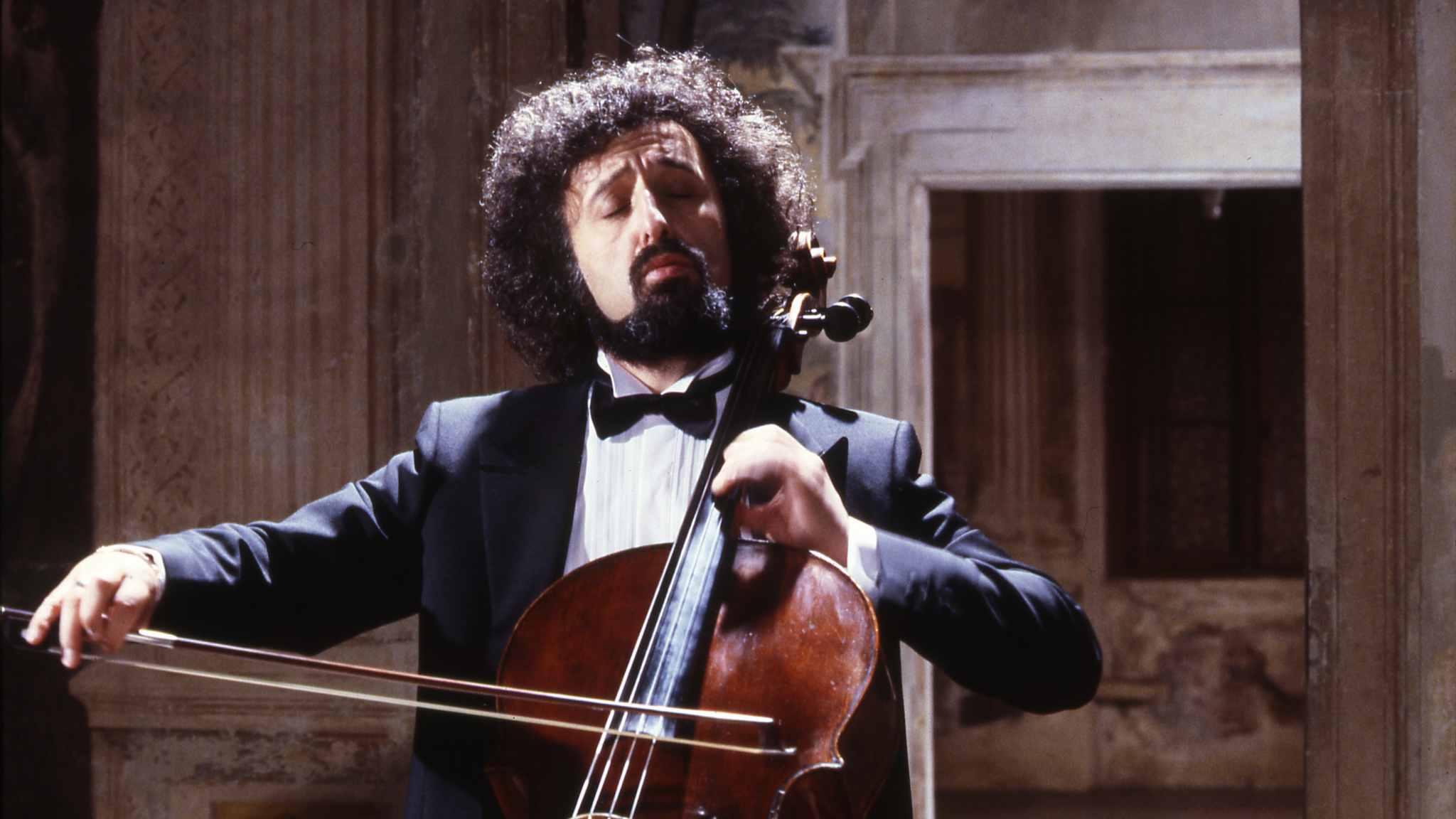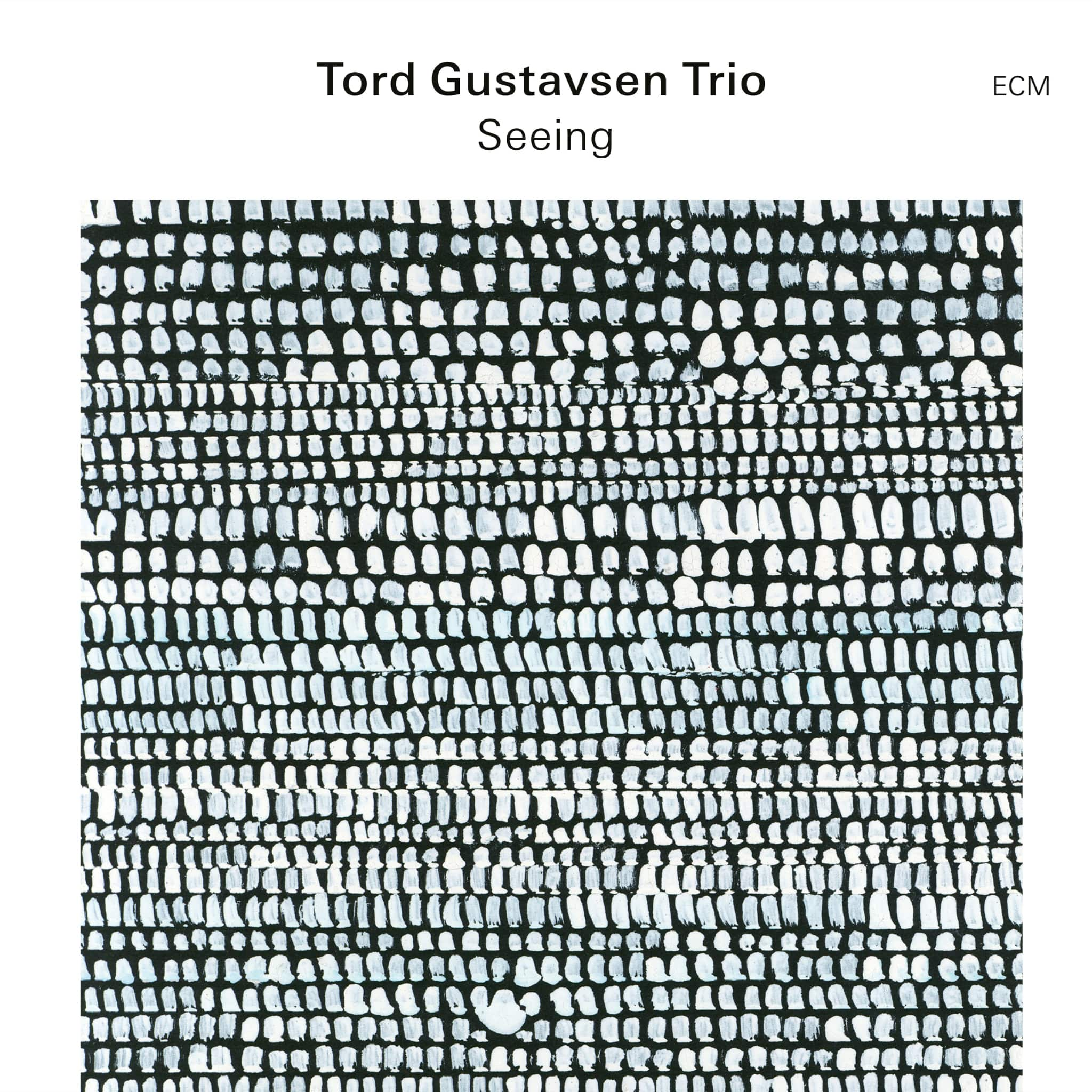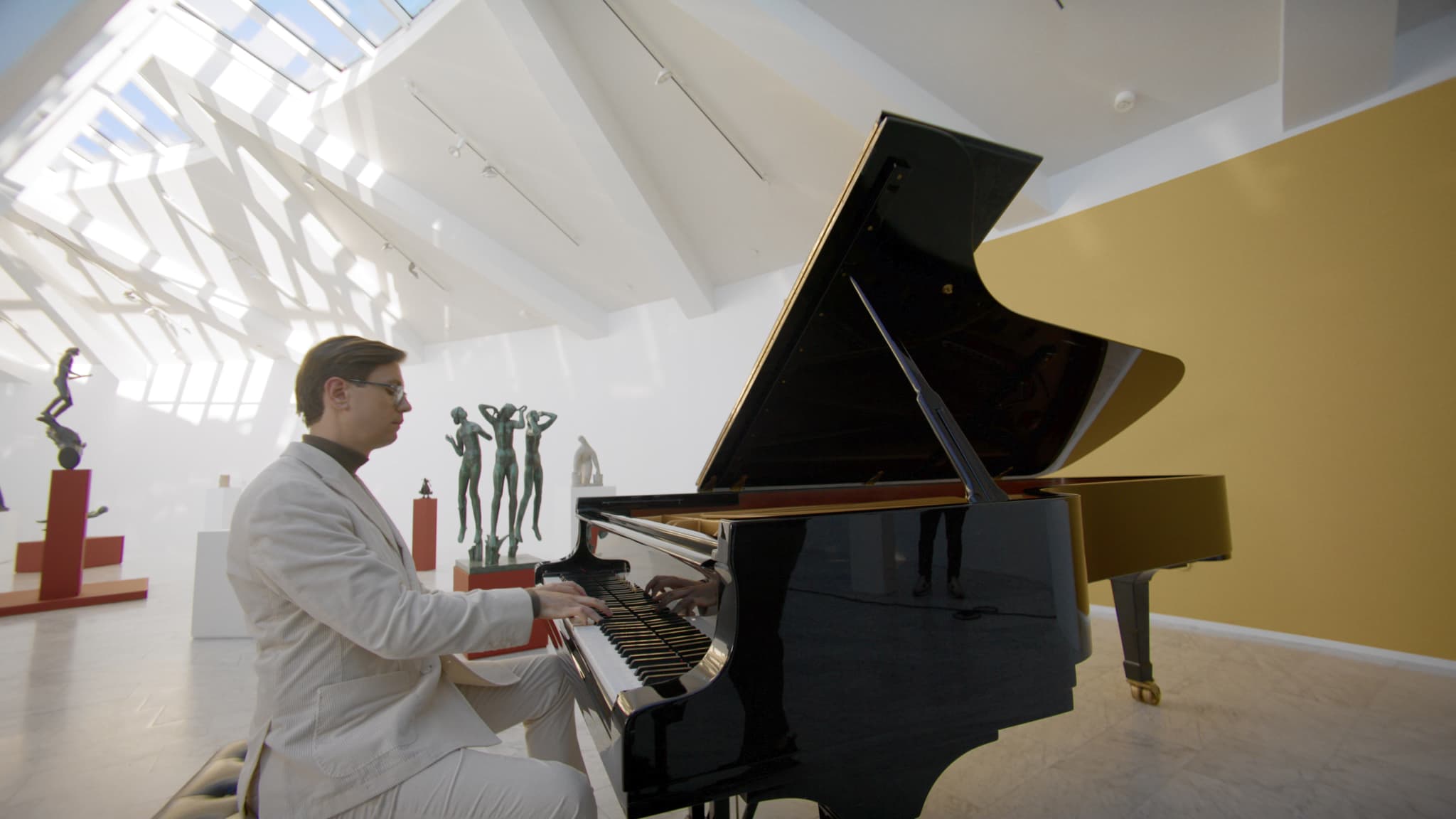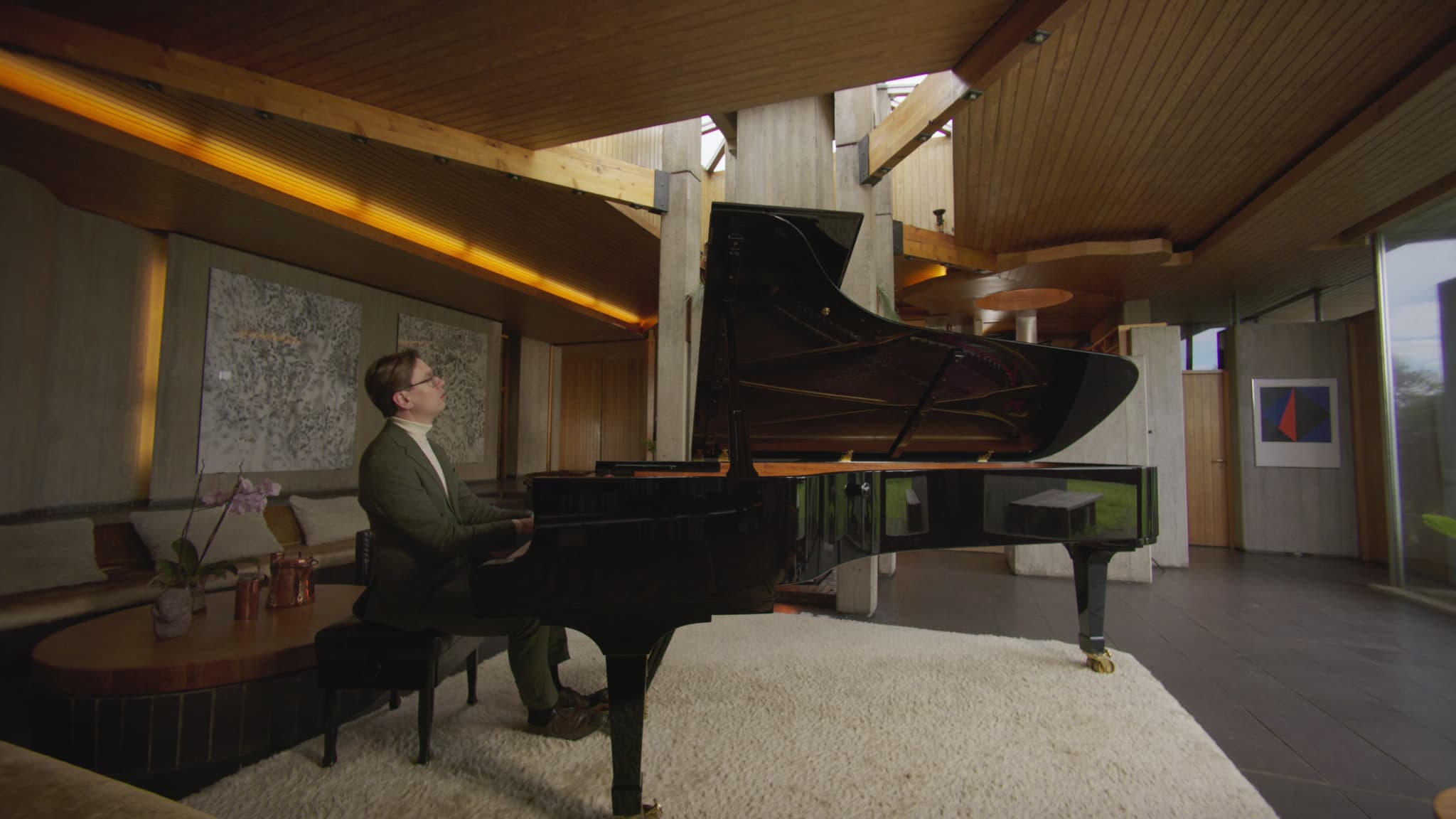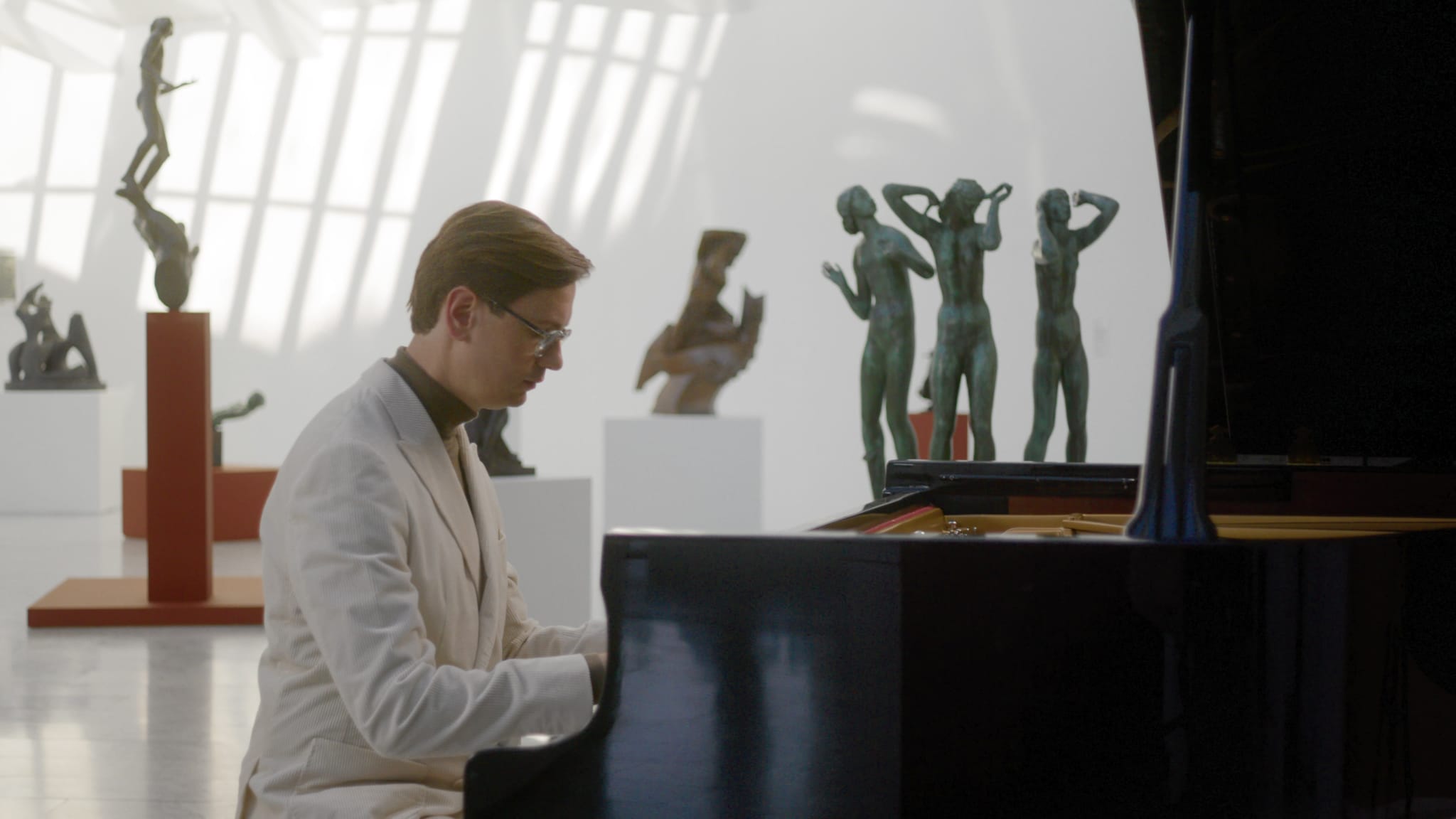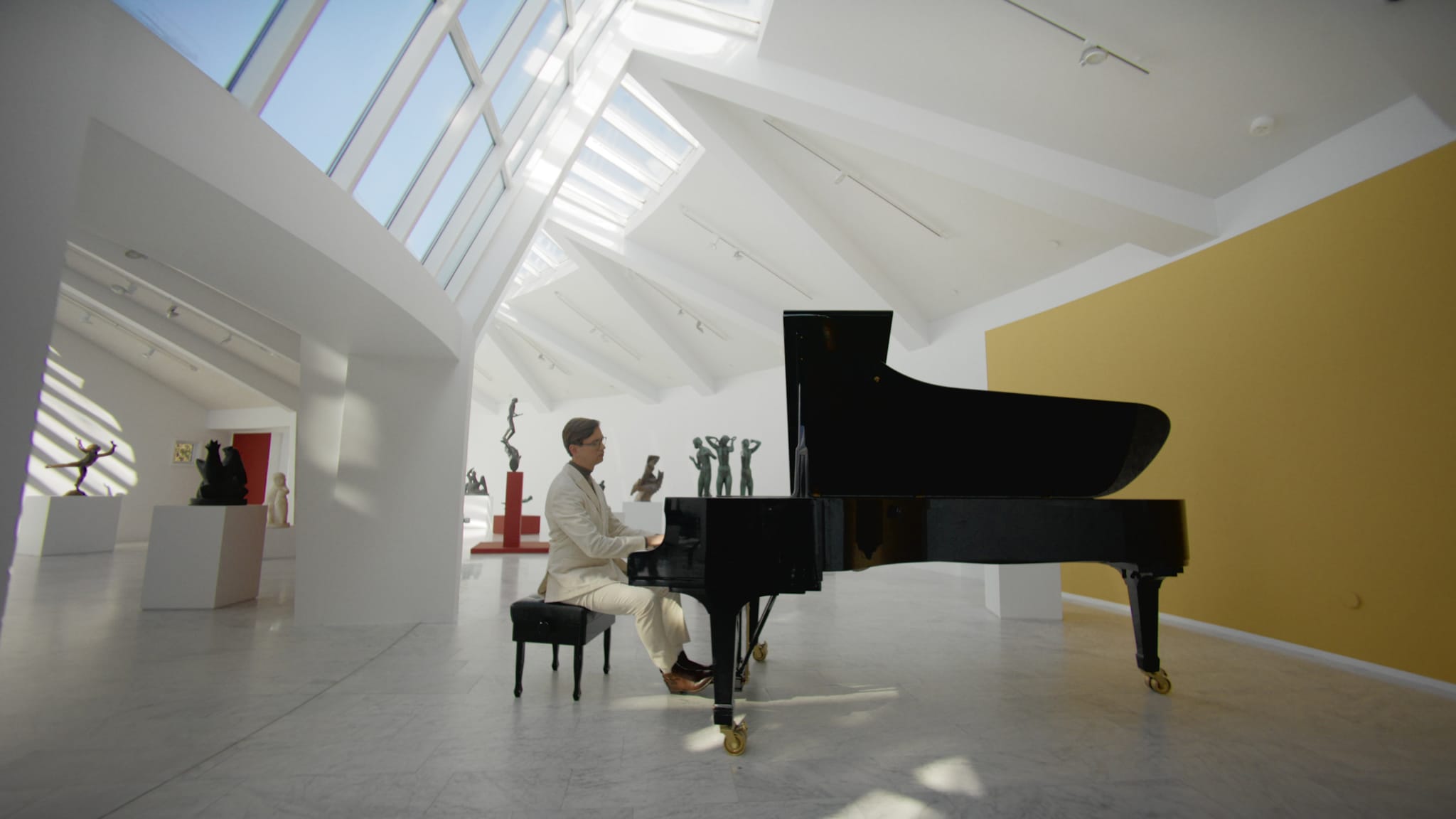About
Johann Sebastian Bach
From today's perspective, Johann Sebastian Bach's works signify both an end and a beginning. He was one of the last composers who saw music (as was customary before the Enlightenment) primarily as a means of glorifying God, and as such the centuries-old tradition of polyphonic music in the German-speaking cultural area found its crowning conclusion with Bach. But thanks to his gigantic body of work, he established the central importance of Germany in the musical life of Europe, which was to endure until the beginning of the 20th century.
Bach came from a family that had repeatedly produced capable musicians over three centuries, and during his lifetime he owed his fame more to his abilities as a performer than to his compositions. He alternated as both church or court organist and Kapellmeister in Arnstadt, Mühlhausen, Weimar, and Cöthen, until in 1723, when he became Thomaskantor in Leipzig, where he spent the rest of his life. It is usually thought that he devoted almost all of his time in Leipzig to choral music. In fact, over half his cantatas and the original versions of both surviving Passions were written in the first seven years. The high point of Bach’s choral music came with his largest work, the St Matthew Passion, written in 1727 and revised in 1736 and 1740. A microcosm of the composer’s innovations during his Leipzig years, the work is a startling contrast to his more intimate St John Passion.
As director of a student music-making body, Bach composed or re-wrote many violin and keyboard concertos for the group and also began taking a serious interest in the publication of his works. He assembled some of his greatest keyboard compositions into sets, which were published as Clavierübung (piano exercises). These included the keyboard Partitas, the English and French Suites and Das Wohltemperierte Klavier ("The Well-Tempered Clavier"). "Well-tempered" in this context refers to the keyboard tuning system that had only just made it possible to play in every major and minor key without re-tuning. The Goldberg Variations and Das Musikalische Opfer ("The Musical Offering"), written for Frederick the Great of Prussia, showcase a wide range of keyboard styles and contrapuntal techniques, while exploring the newly available tonalities. So too do Die Kunst der Fuge ("The Art of Fugue"), left incomplete at his death, the Sonatas and Partitas for unaccompanied violin, and the Suites for unaccompanied cello.
With one eye on posterity, Bach put a great deal of effort in his last years into completing his monumental Mass in B minor. Much of the music for the Mass dates back to the early 1730s, when Bach applied for an honorary position with the Catholic court of Dresden. But he continued to work on it until not long before his death in 1750. The result is an epic survey of the many vocal and liturgical styles Bach had mastered over the course of his career. Widely regarded as one of the greatest masterpieces of Western music, it is a fitting testament to his exceptional life and work. Before his 60th birthday, however, Bach’s musical style had gone out of fashion and following his death, much of his work fell into oblivion. It was not until a hundred years later that he began to be assigned his proper position in music history: a towering genius whose works seamlessly bridge inspiration with controlling intellect.








